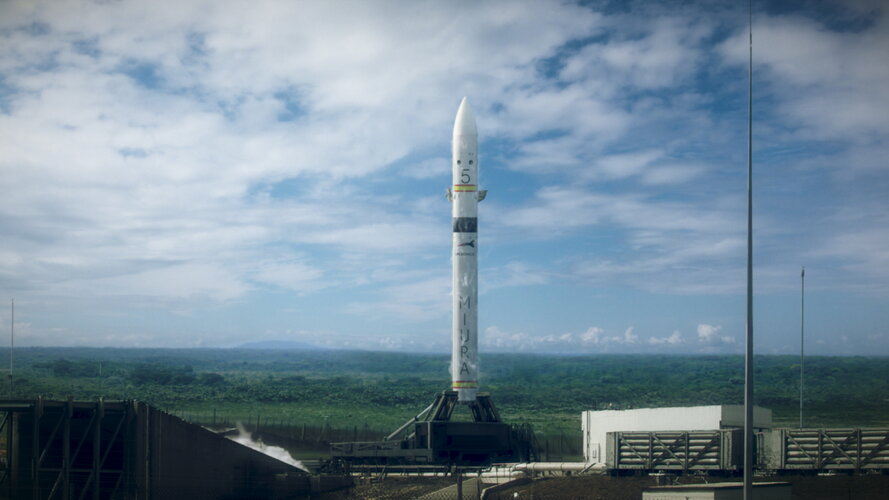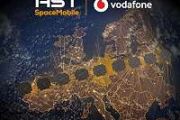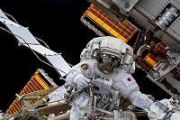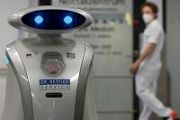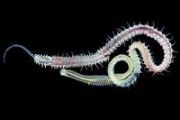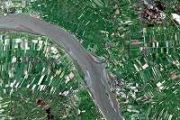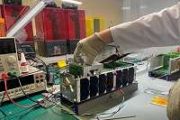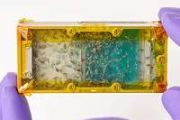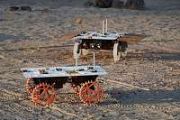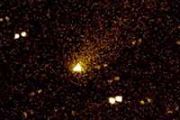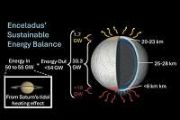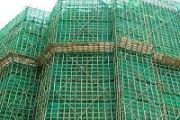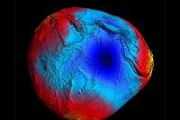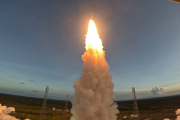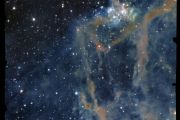
Copernical Team
ERS-2 spotted by other satellites during descent
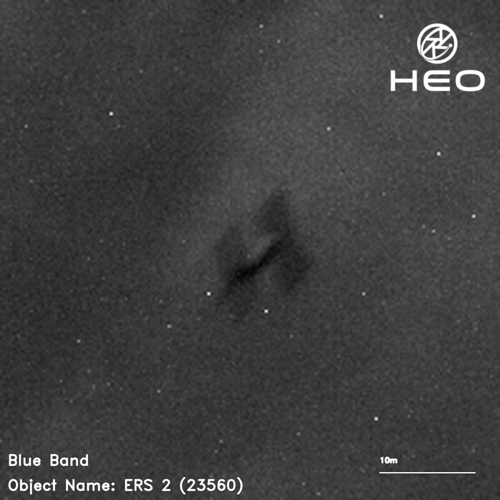
Mars' volcanic activity suggests Early crust recycling
 In a groundbreaking study led by Professor Joseph Michalski of The University of Hong Kong (HKU), new light has been shed on the volcanic landscape of Mars, revealing a complexity and diversity previously unrecognized. This research, recently published in Nature Astronomy, delves into the mechanisms behind Martian volcanism and its implications for understanding the geological history of Earth a
In a groundbreaking study led by Professor Joseph Michalski of The University of Hong Kong (HKU), new light has been shed on the volcanic landscape of Mars, revealing a complexity and diversity previously unrecognized. This research, recently published in Nature Astronomy, delves into the mechanisms behind Martian volcanism and its implications for understanding the geological history of Earth a Mavenir Demonstrates Successful NB-IoT Data Call Over Ligado's SkyTerra Satellite Network
 In a significant advancement for IoT connectivity, Mavenir, the forward-thinking network software provider, has announced the successful completion of a pioneering mobile data call in collaboration with Ligado Networks, a leader in Mobile Satellite Services in North America. This achievement marks a pivotal moment in the integration of Narrowband IoT (NB-IoT) Non-Terrestrial Network (NTN) techno
In a significant advancement for IoT connectivity, Mavenir, the forward-thinking network software provider, has announced the successful completion of a pioneering mobile data call in collaboration with Ligado Networks, a leader in Mobile Satellite Services in North America. This achievement marks a pivotal moment in the integration of Narrowband IoT (NB-IoT) Non-Terrestrial Network (NTN) techno Unprecedented observation of magnetar glitches provides new insights into fast radio bursts
 In a breakthrough observation, two of NASA's X-ray telescopes, the Neutron Star Interior Composition Explorer (NICER) aboard the International Space Station and the Nuclear Spectroscopic Telescope Array (NuSTAR) in low Earth orbit, have offered unprecedented insights into the enigmatic fast radio bursts (FRBs) originating from deep space. This observation, focusing on a specific FRB from a known
In a breakthrough observation, two of NASA's X-ray telescopes, the Neutron Star Interior Composition Explorer (NICER) aboard the International Space Station and the Nuclear Spectroscopic Telescope Array (NuSTAR) in low Earth orbit, have offered unprecedented insights into the enigmatic fast radio bursts (FRBs) originating from deep space. This observation, focusing on a specific FRB from a known Can astronomers use radar to spot a cataclysmic asteroid?
 How can humans protect the Earth from "devastating asteroid and comet impacts?" According to the National Academies and their 2023-2032 Planetary Science and Astrobiology Decadal Survey, ground based astronomical radar systems will have a "unique role" to play in planetary defense.
There is currently only one system in the world concentrating on these efforts, NASA's Goldstone Solar System
How can humans protect the Earth from "devastating asteroid and comet impacts?" According to the National Academies and their 2023-2032 Planetary Science and Astrobiology Decadal Survey, ground based astronomical radar systems will have a "unique role" to play in planetary defense.
There is currently only one system in the world concentrating on these efforts, NASA's Goldstone Solar System NASA Invests in Research to Secure the Future of Space and Lunar Operations
NASA seeks candidates for yearlong simulated Mars mission
 NASA said Friday it is seeking applicants for a simulated yearlong Mars mission.
The second of three planned ground-based missions under the Crew Health and Performance Exploration Analog (CHAPEA) program is slated for spring 2025.
The mission involves four crew members living and working inside a 1,700-square-foot, 3D-printed base at NASA's Johnson Space Center in Houston.
NASA said Friday it is seeking applicants for a simulated yearlong Mars mission.
The second of three planned ground-based missions under the Crew Health and Performance Exploration Analog (CHAPEA) program is slated for spring 2025.
The mission involves four crew members living and working inside a 1,700-square-foot, 3D-printed base at NASA's Johnson Space Center in Houston. Japan successfully launches next-gen H3 rocket
 Japan's space agency toasted a successful blast-off for its new flagship rocket on Saturday, making it third time lucky after years of delays and two previous failed attempts.
The next-generation H3 has been mooted as a rival to SpaceX's Falcon 9, and could one day deliver cargo to bases on the Moon.
"I've been in the space industry for a long time, but I've never felt so happy before, a
Japan's space agency toasted a successful blast-off for its new flagship rocket on Saturday, making it third time lucky after years of delays and two previous failed attempts.
The next-generation H3 has been mooted as a rival to SpaceX's Falcon 9, and could one day deliver cargo to bases on the Moon.
"I've been in the space industry for a long time, but I've never felt so happy before, a Earth from Space: Côte d'Ivoire
 Image:
The Copernicus Sentinel-2 mission takes us over Côte d'Ivoire in western Africa.
Image:
The Copernicus Sentinel-2 mission takes us over Côte d'Ivoire in western Africa. 
